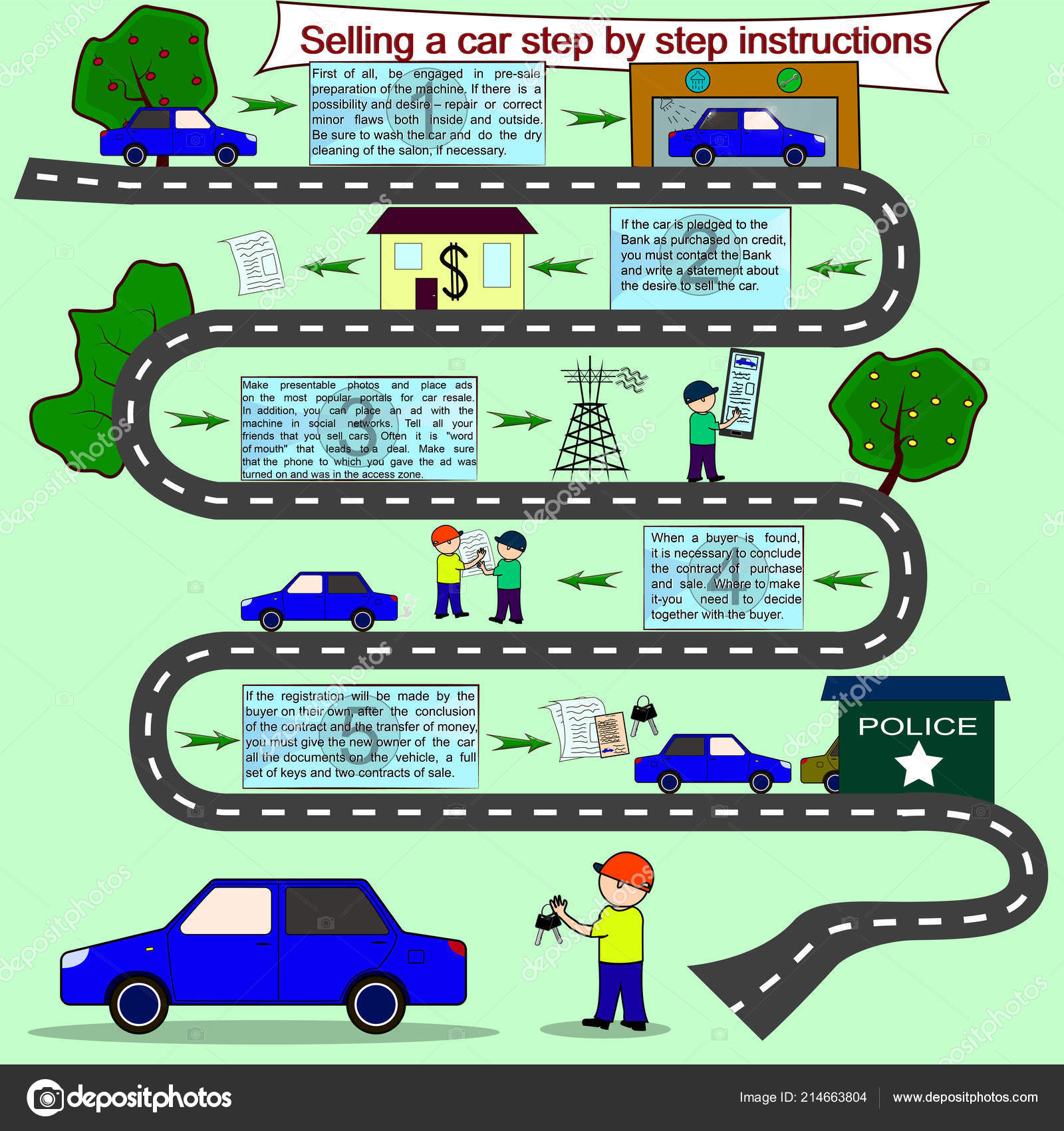Raise The Hood To Check Out Constant Brake System Problems And Exactly How To Solve Them
Raise The Hood To Check Out Constant Brake System Problems And Exactly How To Solve Them
Blog Article
Web Content Develop By-McGrath Ross
When it pertains to your automobile's brake system, understanding typical issues can save you from prospective safety and security hazards. From determining brake pad wear to resolving brake liquid leakages, knowing how to take on these problems is essential. But what about those spongy brake pedals? There's a repair for that also. Remain tuned to get more information about these concerns and the functional services that can maintain you securely on the road.
Brake Pad Use and Substitute
When it concerns maintaining your automobile's brake system, one crucial element to keep an eye on is the wear and replacement of brake pads. Brake pads are necessary parts that press against the brake blades to slow down or quit your lorry. Gradually, these pads wear down due to friction, needing routine assessment and replacement to guarantee your brakes operate effectively.
To identify if your brake pads need replacement, listen for screeching or grinding noises when you apply the brakes. Furthermore, if your automobile takes longer to stop or you see vibrations or pulsations when braking, it may be time to change the brake pads.
Overlooking worn brake pads can bring about decreased stopping performance, damage to various other brake components, or perhaps brake failure.
Changing brake pads is a reasonably simple procedure for numerous cars. Nonetheless, if you're not sure or unpleasant doing this task, it's ideal to speak with a professional technician to make sure proper setup and optimum brake performance.
Routinely examining and changing brake pads is crucial for your safety and security and the longevity of your car's stopping system.
Brake Fluid Leaks and Maintenance
To guarantee your vehicle's brake system operates optimally, it is essential to also pay attention to brake liquid leakages and upkeep. Brake liquid is essential for sending the force from your foot on the brake pedal to the actual stopping mechanism. https://brake-rotors50639.qodsblog.com/30291106/find-out-the-vital-steps-involved-in-picking-the-most-effective-car-service-center-to-protect-your-vehicle-s-long-term-performance-and-toughness with brake fluid is leakages, which can take place due to worn-out brake lines, seals, or links. If you see a pool or trickles under your auto, it's vital to resolve the leak immediately to stop a potential brake failing.
Consistently inspecting your brake liquid degree is essential to keeping your brake system. Reduced brake liquid can result in air getting in the brake lines, which compromises stopping performance.
In brake repair grand forks , old or polluted brake fluid can influence the overall effectiveness of your brakes. It's recommended to follow the producer's guidelines on when to change the brake liquid, normally every 2 years.
Spongy Brake Pedal: Blood Loss Brakes
If you have actually ever before experienced a spongy brake pedal while driving, you recognize the relevance of keeping a firm and receptive stopping system. One common reason for a squishy brake pedal is air entraped in the brake lines. When air gets in the brake system, it can cause a loss of hydraulic stress, causing that upsetting squishy sensation when you push the brake pedal.
To solve this concern, bleeding the brakes is required. Hemorrhaging the brakes involves eliminating the air from the brake lines to bring back proper hydraulic pressure.
To hemorrhage the brakes, you'll need a helper to assist you. Begin by locating the brake bleeder shutoff on each wheel, typically discovered near the brake caliper. With a wrench, loosen the shutoff and have your helper press the brake pedal while you observe any kind of air bubbles coming out. Repeat Read Much more for every wheel, beginning with the wheel farthest from the master cyndrical tube and moving better.
When you no more see air bubbles and just clear liquid emerges, tighten the shutoff and top up the brake fluid tank as required. Bleeding the brakes helps ensure a firm brake pedal and enhances overall stopping performance.
Conclusion
Now that you understand typical brake issues and just how to fix them, you can ensure your car's safety and efficiency. Remember to pay attention for indication like shrieking sounds or mushy brake pedals, and resolve them promptly. Normal maintenance and prompt replacements are essential to maintaining your brakes in top problem. Stay positive and mindful to your brake system to appreciate safe and trustworthy driving experiences.
